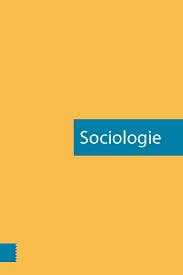Abstract
In 2017, the WRR (The Netherlands Scientific Council for Government Policy) published the report De val van de middenklasse? Het stabiele en kwetsbare midden (The fall of the middle class? The stable and vulnerable middle), edited by Godfried Engbersen, Erik Snel en Monique Kremer. The report investigates changes in the social position of ‘the middle classes’ in the Netherlands between 1980 and 2010. The report gives a broad and dynamic portrait of ‘the middle classes’, using different perspectives.In this essay, the author reflects on some of its key findings. A remaining issue is: who belongs to the middle classes? Seen from the perspective of income, occupation and education, the composition of the middle classes appears to change, while people participating in focus groups all define themselves as belonging to the middle classes. One would expect that the authors give much attention to the difficulties of defining the ‘middle classes’, but that is not the case. What does that say about the social stratification in the Netherlands in the 21st century?Furthermore, the report demonstrates that Dutch society has become a middle-class society, which in the 21st century has to deal with growing insecurity on the labor market and an increasingly restrictive welfare state. In her essay, the author asks why a report on the position of the middle class does not consider the international context, given that social changes and the position of the middle class are the result of increasing interdependencies on a global scale.
How to Cite:
van daalen, r., (2017) “Verwarring over het midden”, Sociologie 13(1), 25–35. doi: https://doi.org/10.5117/SOC2017.1.DAAL
Downloads:
Download PDF
View PDF
97 Views
25 Downloads
Published on
2017-10-20
Peer Reviewed

